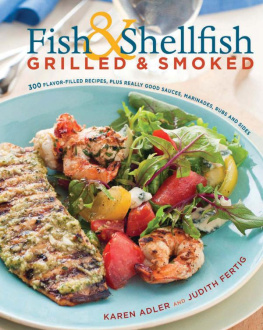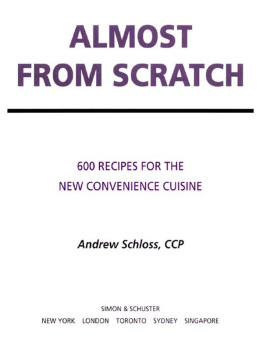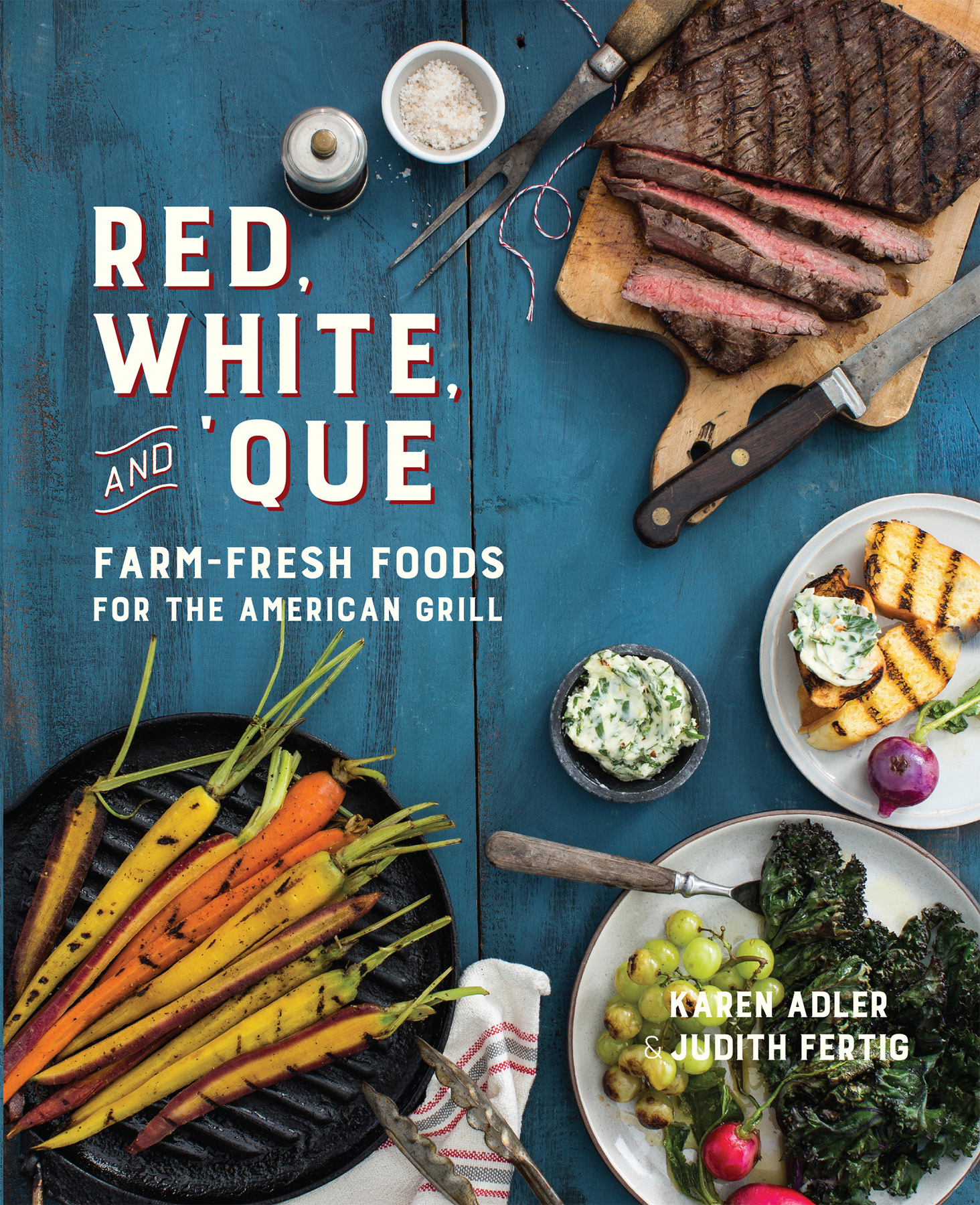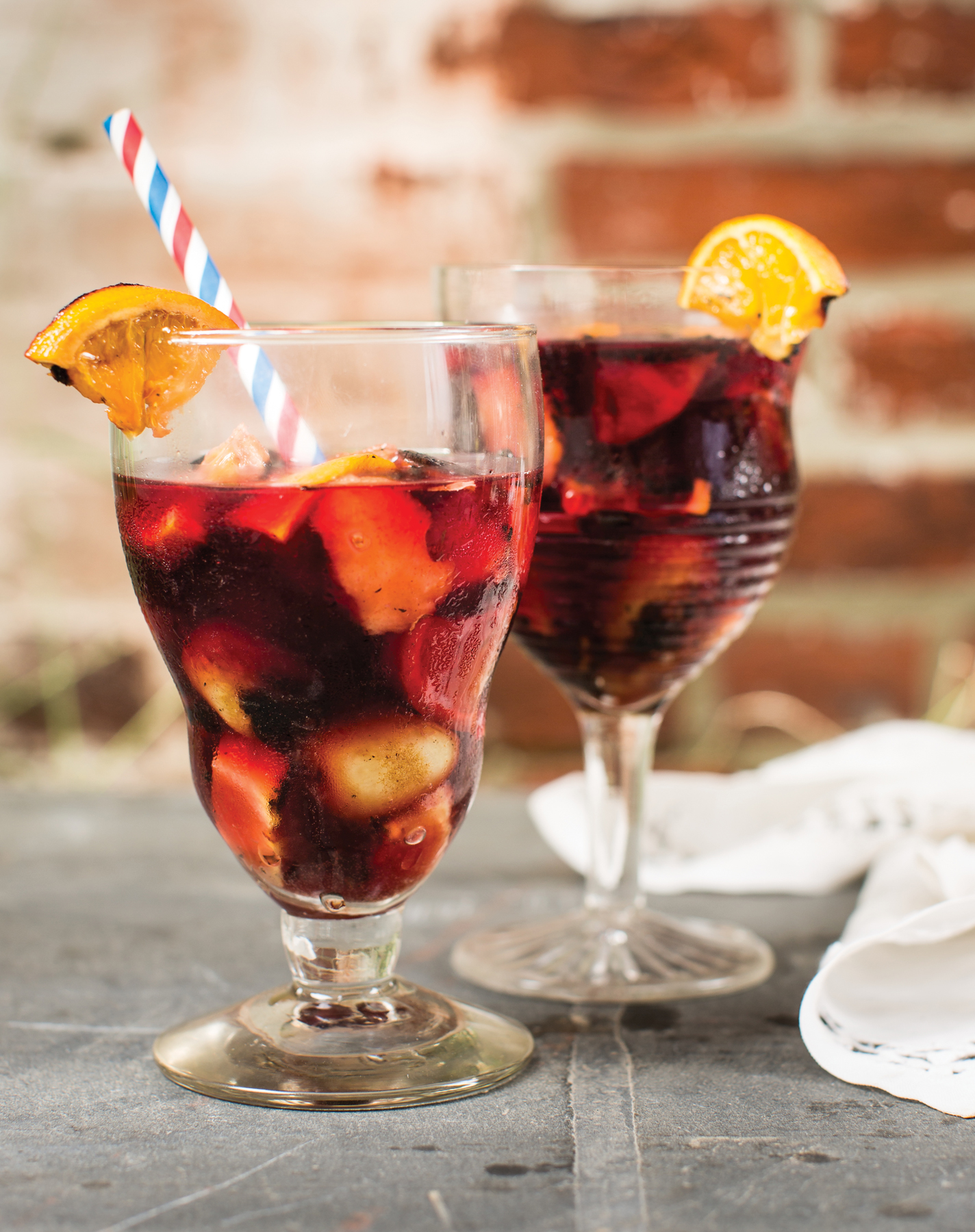We wouldnt have this book without our savvy agents Lisa Ekus and Sally Ekus, our wonderful editor Kristen Green Wiewora, designer Amanda Richmond, photographer Steve Legato, publicist Seta Zink, and everyone at Running Press.
And we toast each other. As barbecue co-authors, we each bring a little something different to the table. And were still friends!
Red, White, and Que celebrates a can-do, roll-up-your-sleeves spirit, taking your grilling , slow smoking, planking, and grill-roasting to the next level. Wherever you build your firein a driftwood pile on the beach, a fire pit by a lakeside cabin or a tent in the woods, a grill in a backyard, or a smokin cooker at a barbecue competitionyou now have over 100 recipes to rev up your repertoire.
This book is where innovationyou can grill that?meets time-honored tradition to deliver big-time flavor.
Red, White, and Que is about making the most of farm-fresh, seasonal ingredients, from the first asparagus of spring in Purple, Green, and White Asparagus with Grilled Lemon Butter () in winter.
You can take foods youve grown yourself or harvested from your local farmers market and make them better yet. A little heat and a little smoke are all it takes. Smoked Applesauce () allows you to celebrate the blue-ribbon winners from your local farmer.
You can also discover new ways to slow smoke a brisket (), so good youll steal a spoonful of it from the refrigerator even when youre not grilling or smoking.
Nothing says regional like local wood: maple in New England, hickory in the South and Midwest, oak and mesquite in Texas, apple and cherry in the Great Lakes, live or red oak in California, cedar and fruitwoods in the Pacific Northwest. Wood is a great way not only to emphasize regionality but also give foods that aromatic taste of place. In Red, White, and Que, we give you lots of ways to use wood, no matter what kind of equipment you have. You can use wood for planking, wood grilling, grilling with a kiss of smoke, or slow smoking.
ABOUT THAT Q
No matter how you say itor spell it
Barbecue
Barbeque
Bar-B-Q
BBQ
Or simply Q
Barbecue is a distinctly American contribution to the worlds culinary traditions. Slow-smoked barbecue is all about turning bland and tough cuts of meat into tender, delicious, aromatic masterpieces with the ancient flavor of the hearth. Edward Lee writes in his cookbook Smoke and Pickles, Some say umami is the fifth flavor, in addition to salty, sweet, sour, and bitter. The Korean-American chef with the yen for Southern barbecue goes on to suggest a sixth: smoke. Smoke flavor is a combination of bitter and the aroma from smoldering wood, a scent that can touch the most ancient part of the brain: the limbic system. Smoke deepens the flavor of any food it infuses.
In Red, White, and Que, we judiciously add smoke to cashews (Smoked Cashew Crema, ), among others.
Back in the day, the only smoky condiments to choose from included a can of chipotle peppers, a little bottle of liquid smoke, and a hickory-smoked salt. Today, were spoiled for choice. And thats because weve fallen in love again with smoke as a flavor. You can add a nuance of flavor with artisan products such as Cherry Smoked Honey from Bee Local in Oregon. Wood + Salt in Missouri offers many smoked products, including Tellicherry Rye Peppercorns, soaked in rye whiskey and then smoked over pecan wood, and Winter Smoked Sea Salt, which is smoked over smoldering cinnamon sticks, brown sugar, tea leaves, and orange zest. Bourbon Barrel Foods in Kentucky offers an array of bourbon-smoked products, including sea salt, pepper, paprika, chili powder, sesame seeds, and even cacao nibs. Smoked Spanish paprika was a hard-to-come-by condiment a few years ago and now is available from even McCormick at many grocery stores. Experiment as we do and add one of these smoky condiments in place of a non-smoked item to get that extra smokiness. So, lets learn something new. Keep getting better. Push the envelope. And lets raise the flag for the Red, White, and Que!
RED, WHITE, AND QUE TECHNIQUES
GRILLING IS A MATTER OF DEGREES
You can do a lot more with your grill than simply sear: You can melt, toast, scorch, blacken, blister, add a kiss of smoke, roast, plank, and grill in a flash. But first you need a grill.
GAS OR CHARCOAL GRILL?
People always ask us if we grill with charcoal or gas, to which we answer yeswe use both. The majority of American households have at least one outdoor grill, which, more often than not, is gas rather than charcoal. As far as were concerned, to get great flavor and char, charcoal is the way to goin particular, hardwood lump charcoal, which burns really hot for a terrific sear. But there are pluses to gas grilling as well, not the least of which is you just flip a switch and its on. You can add wood smoke to a gas grill, too, as well show you later on. Just make sure you buy a unit with as high a number of BTUs (British Thermal Units, which measure the maximum heat output of a burner) as your budget permits for hot-surface searing. Youll need at least 40,000 BTUs from the grill burners (not including any side burners) to get good grill marks on your foods.












